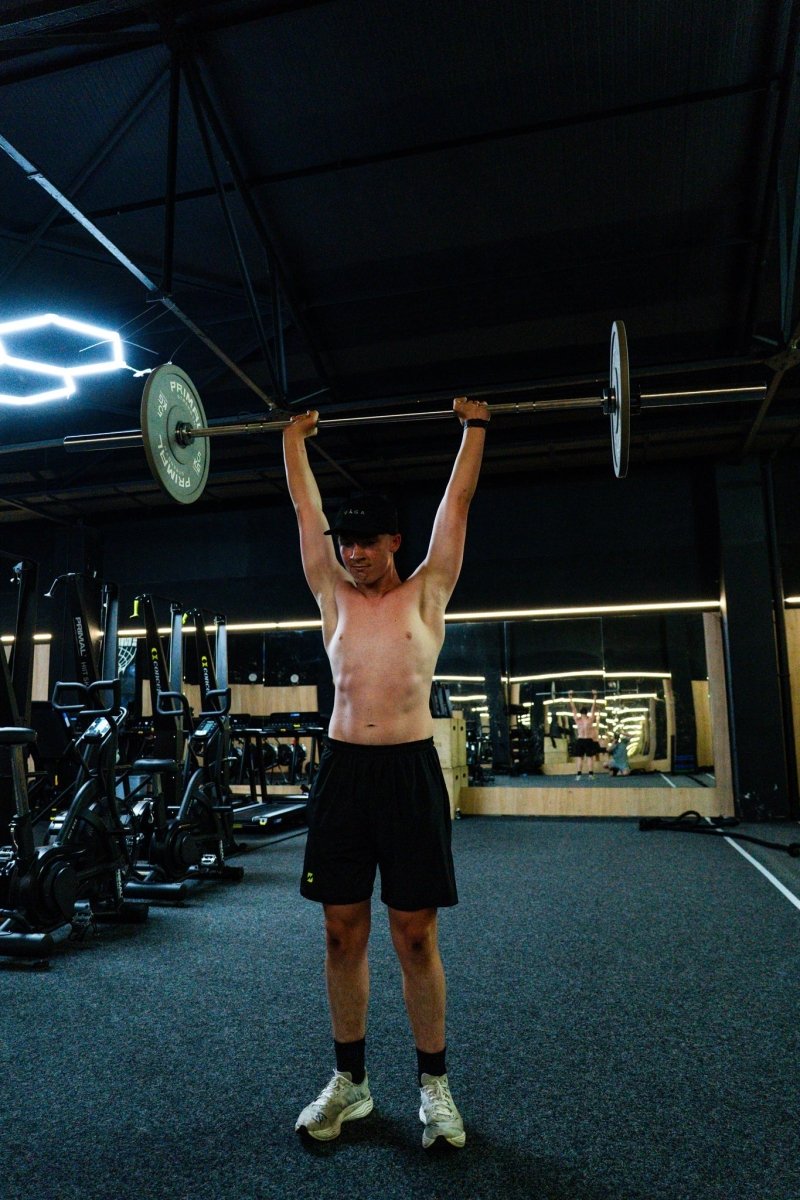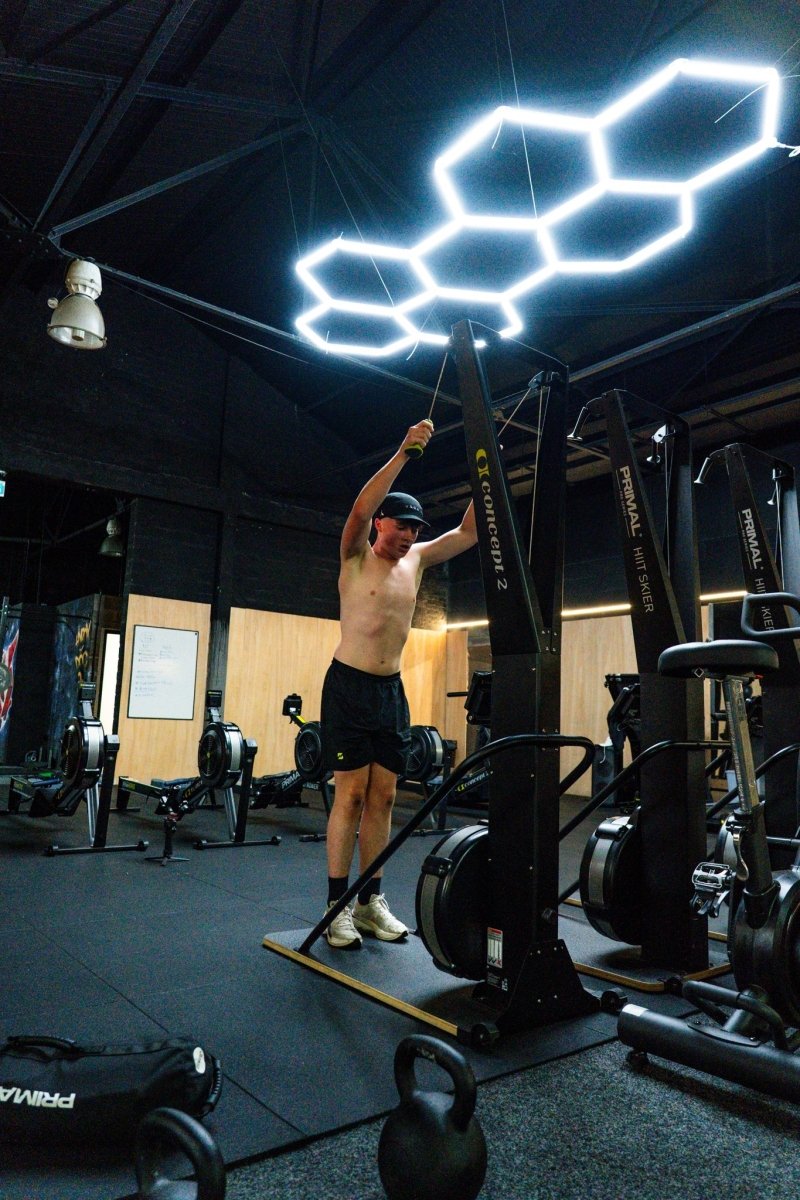
Should you train to failure on every set?
Training to failure on every set is not necessary for most individuals and can increase the risk of overtraining or injury. Most evidence suggests optimal muscle growth and strength gains are achieved by occasionally using failure, but not in every set.
Understanding Training to Failure
Training to failure means performing repetitions until you cannot complete another with proper form. This approach can be effective for stimulating muscle growth, but studies show diminishing returns when applied to every set. Excessive failure training, especially across all exercises or in every workout, can increase fatigue and slow recovery.
Optimal Frequency for Failure Training
Most experts recommend stopping 1–2 reps short of failure on most sets, targeting failure only on the last set of a particular exercise or during certain training phases. This strategy balances effective muscle stimulation with proper recovery, helping to avoid chronic soreness and excessive fatigue. Training consistently without overreaching is key for sustainable progress.
Product Support for Recovery
Managing training intensity requires attention to recovery, which may involve sleep support, nutrition, and supplementary products. For example, whey protein powder is commonly used to aid muscle repair post workout. Using a reputable product like Bulk Powders Pure Whey Protein can support recovery, especially if training intensity increases.
In summary, training to failure on every set is not advised for most lifters. Save failure sets for specific purposes, prioritise sustainable intensity and recovery to maximise results.


